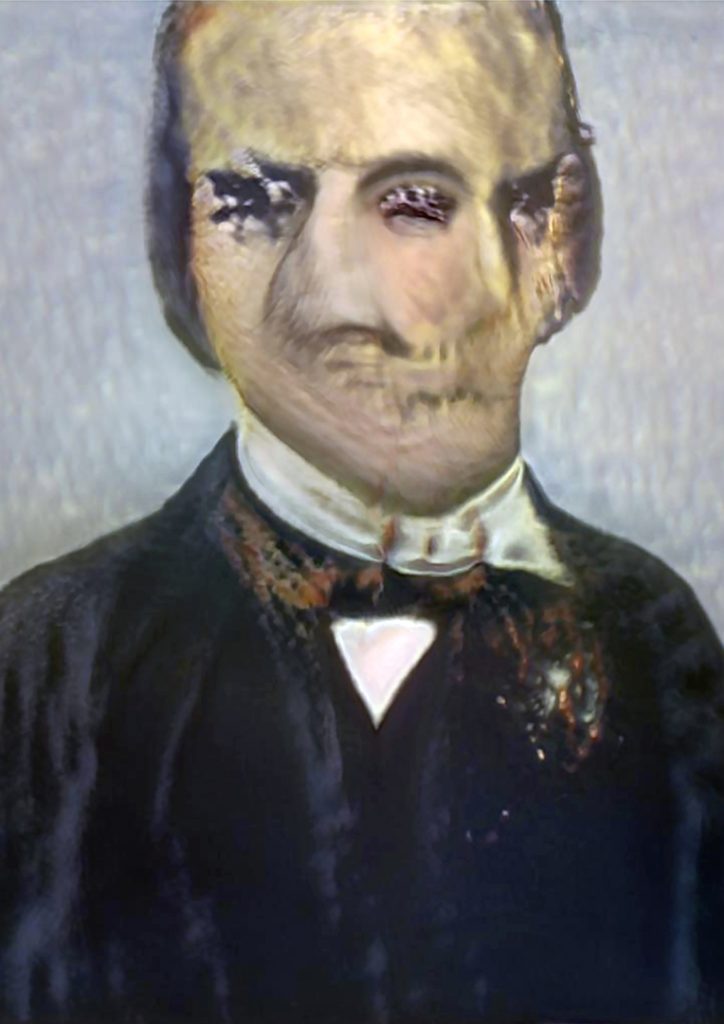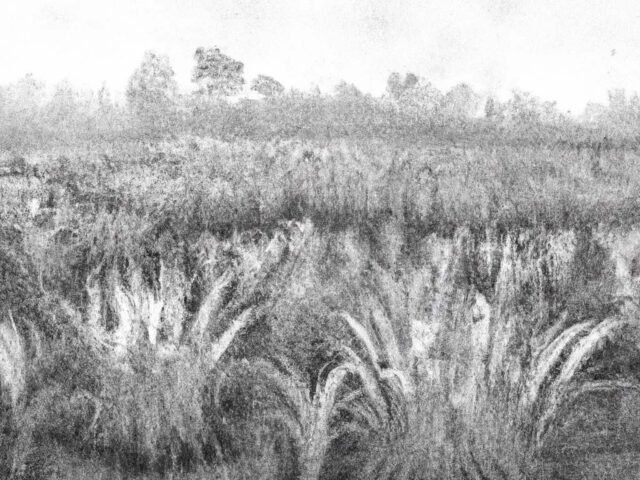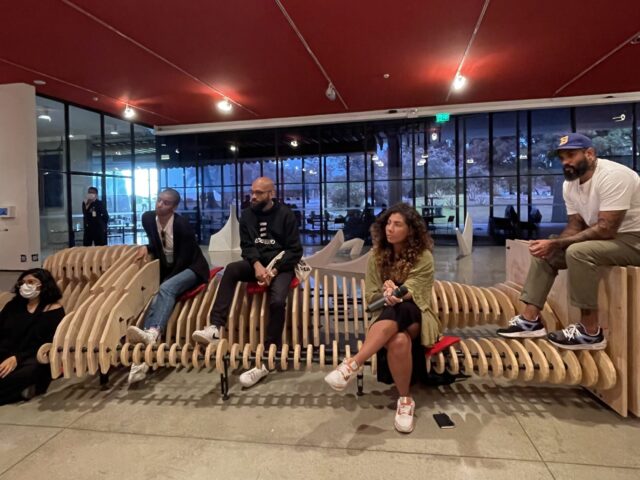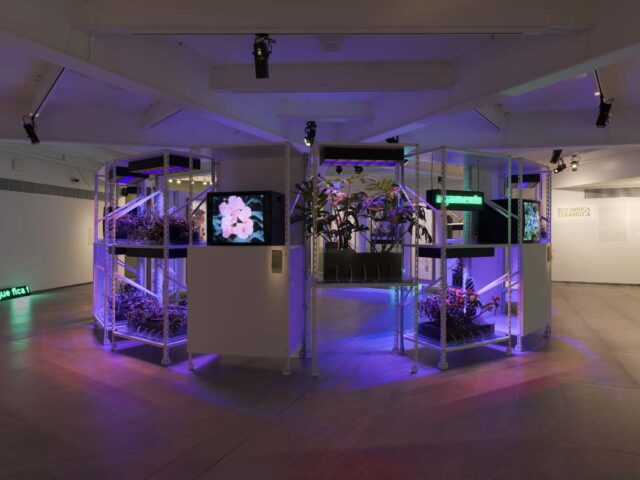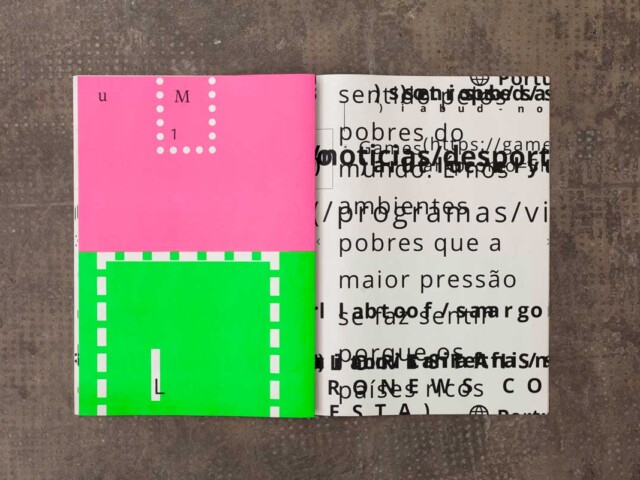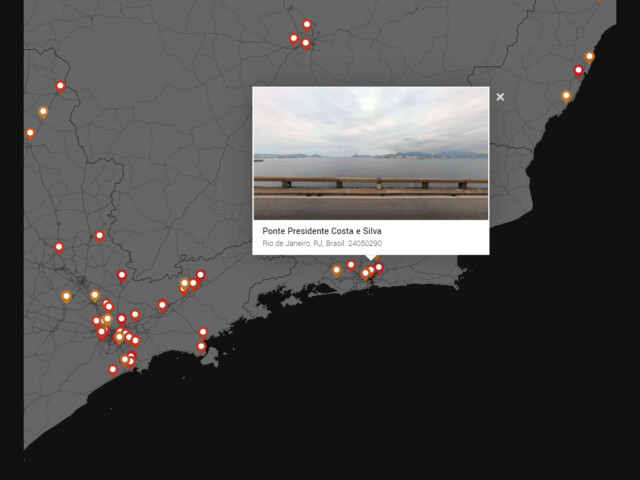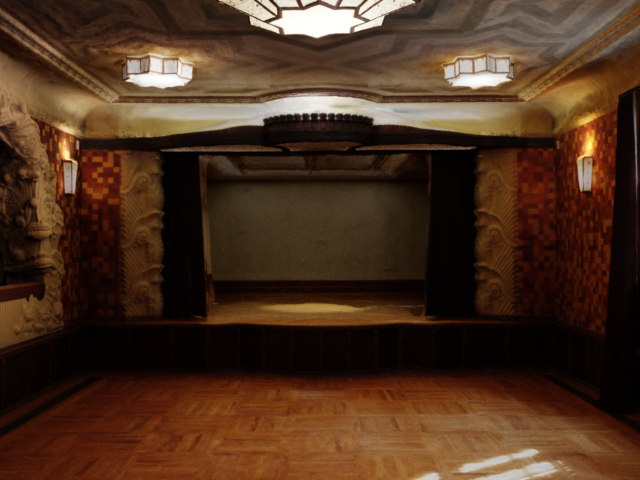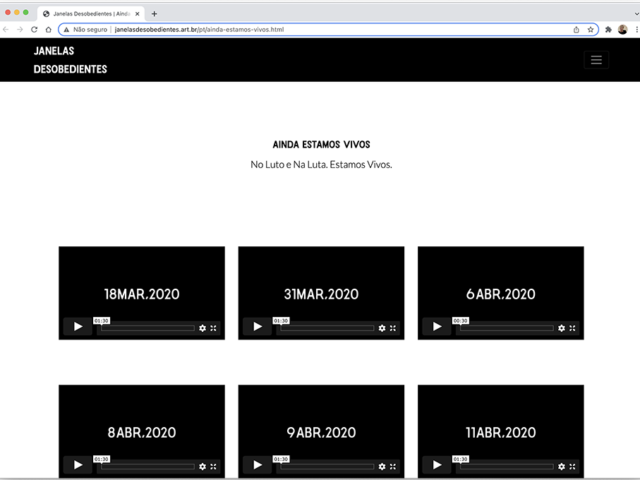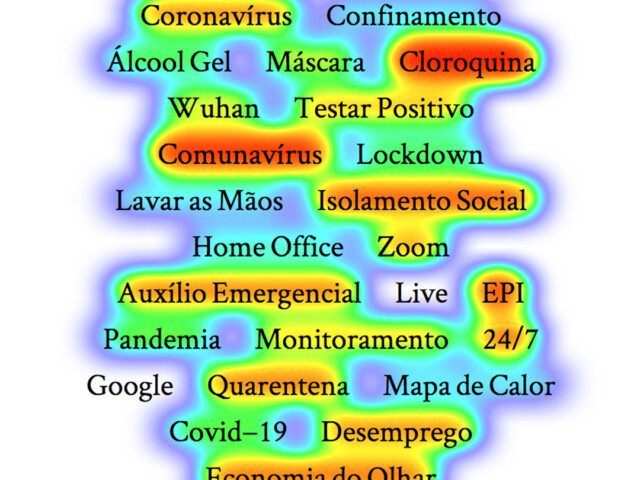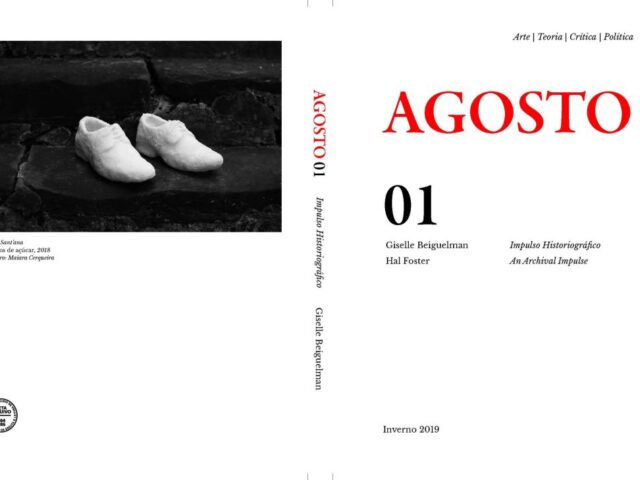Project Details
Category
AI/ IA
Date Added
dezembro 7, 2021
Project Brief
»(De)composite Collections« (2022) is an ongoing investigation into the formation and updates of the colonialist gaze in museum collections. Developed in the context of the intelligent.museum residency, at the ZKM | Hertz-Lab and the Deutsches Museum, starting point are artistic collections organized in the first half of the 20th century.
Our main questions are: What other art histories might emerge from AI’s readings of the images and Artificial Intelligence (AI) reading these images? How to elaborate methodologies based on AI to map the constitutive elements of the representations of historical colonialism? Can AI systems contribute to understanding the gaze as a historical construct?
For that, we analyzed the collections of two important Brazilian museums, both from the University of Sao Paulo: the Paulista Museum, a historical museum, and the Contemporary Art Museum (MAC USP) focusing on artworks produced between 1920 and 1950. This is the period related to the constitution of Modernism, often described as the first counter-hegemonic aesthetic in Latin America.
Following the post-colonial thought studies, which have been questioning this approach, we decided to confront both collections by compiling a series of datasets, organized according to some recurrent themes in historical painting and Brazilian Modernism: indigenous people, people of color, white people, and tropical nature.
Algorithmically processed with GANs, those datasets allowed us to identify some common elements and differences between both collections, despite the authorships and typologies of traditional art history. Because AI technologies read images by images, they can reveal hidden patterns in the iconographic sets, including paintings, engravings, and draws, going beyond traditional categories based on historiographic narratives and formal styles.
07
Through machine learning technics, we could understand the persistence of the colonialist imagination in the artworks, contradicting some canonical statements about Brazilian Modernism’s aesthetic and ideological ruptures. These continuities range from the nude black malen body associated with plantation work, the patriarchal semblance of the white men, usually portrayed alone and with formal clothes, to indigenous peoples as generic entities without particular characteristics.
Nevertheless, changes are evident in the figuration of the white women. While historical painting focuses exclusively on their faces, modern painting emphasizes the woman’s body. However, it is always understood from the misogynist point of view, emphasizing her breasts and the belly. Signs directed related to motherhood. In what concern toConcerning women of color, the stereotype of the sensual slave is dominant.
Our experiments show that using AI resources can contribute to critical analyses that traditional methodologies in art history are not capable of evaluating. At the same time, these samethe images synthesized with neural networks reveal their limits for dealing with social otherness and the diversity intrinsic to individual creative procedures. Because of GANs dependency on existing patterns, the training processes point to generic visions, they tending to reproduce the stereotypes of the colonial imagery reframed by digital technologies.
From this perspective, the »(De)composite Collection« project operates in an intermediary field, between historical colonialism and the emerging data colonialism. By doing so, we propose an inversion of one of the most perverse image technology systems ever made: the »Composite Portraits« by Francis Galton (1822-1911). Father of eugenics, Galton sought to establish the scientific bases for the domination of bodies that escaped the ideal European profile through systematizing patterns in image collections he organized.
His thesis, crucial for Nazism and other totalitarians’ conceptual background, is no longer in use. However, his methodologies flourished in contemporary technologies based on pattern recognition systems, such as the »eigenfaces« algorithm and the epistemological realm of GAN systems.
The images we present here are the results of our ongoing investigation. They reflect how Artificial Intelligence understood the thematic axes of our analysis, revealing layers of meaning that traditional classification and organization approaches in the field of art history are not capable of evaluating. More than a guideline for analyzing differences and continuities present in such distinct collections, as those of the museums surveyed Therfore, »(De)Composite Collections« proposes an artistic methodology that works as a counter-hegemonic performance. The images read images to decode the gaze beyond the colonial mind.
Last but not least, »(De)composite Collections« is an artistic investigation by Giselle Beiguelman, Bruno Moreschi, and Bernardo Fontes, related to the transdisciplinary project »demonumenta« of the Faculty of Architecture of the University of São Paulo (FAU-USP) with support of the C4Ai – INOVA-USP.
We acknowledge the work of our students and researchers in the compilation of the datasets:
Museum Paulista (MP USP):
Amanda Chevtchouk Jurno, Amanda Vargas, Ana Paula Rodrigues Borges, Gabriel Pereira, Guilherme de Angelo Guimaraes da Silveira, Luisa Vasconcellos Rodrigues, Marco Antonio Christini, Matheus de Sousa Santos, Nathielli Ferreira Ricardo Raquel Serapicos, Carol Monteagudo, Deborah Oliveira Caseiro, Diego Giovani Bonifácio, Gabriel dos Santos Noda, Guilherme Bretas, Guilherme de Angelo Guimarães da Silveira, Guilherme Françoso Santos, Luiza Santos, Mariana Yoshimura, Natalia Bruciaferi Goncalves da Silva, Pedro Oliveira Perri, Roberta Saldanha da Silva Berardo Gomes, Rodrigo Augusto das Neves.
Contemporary Art Museum (MAC – USP):
Gustavo Tiago Aires


